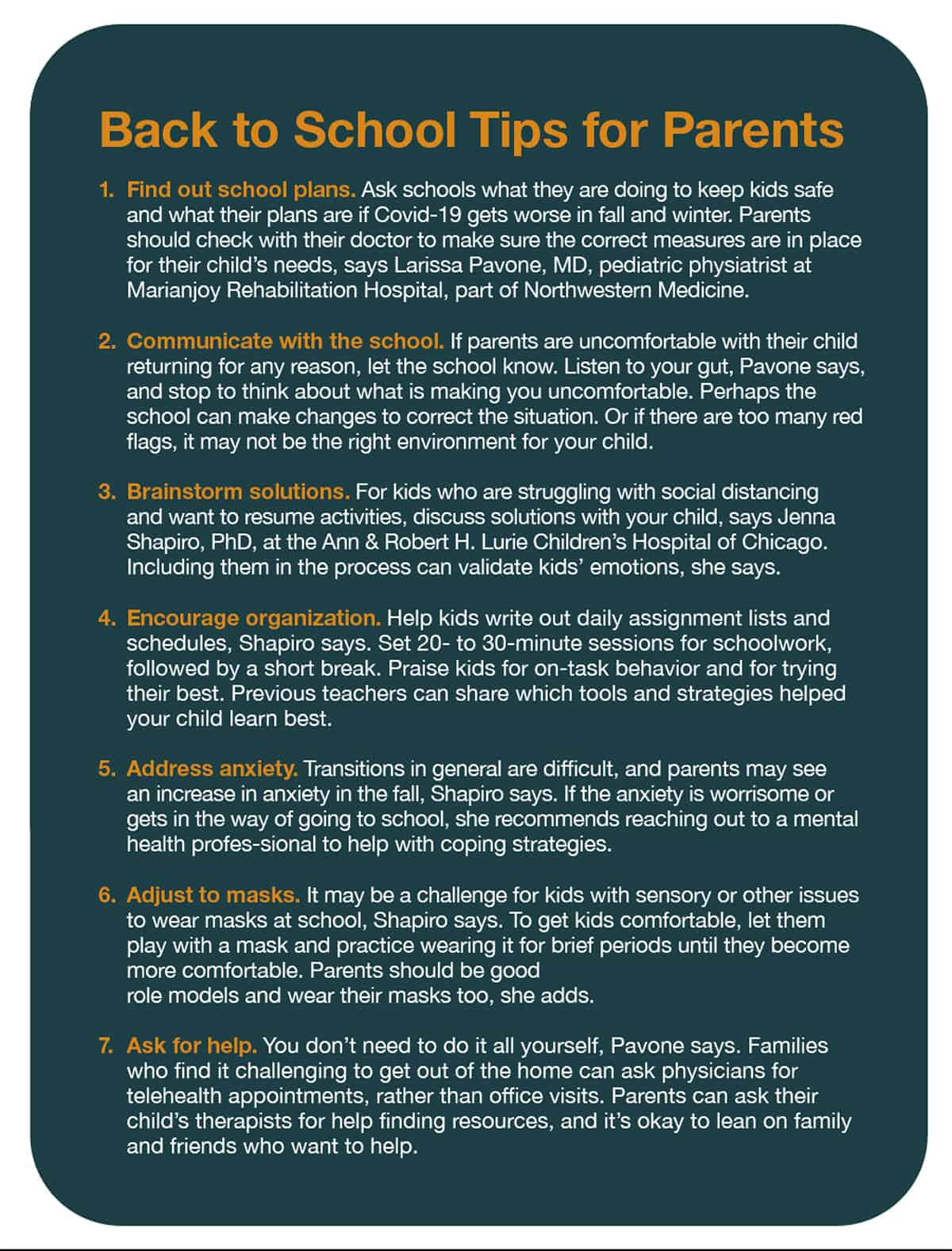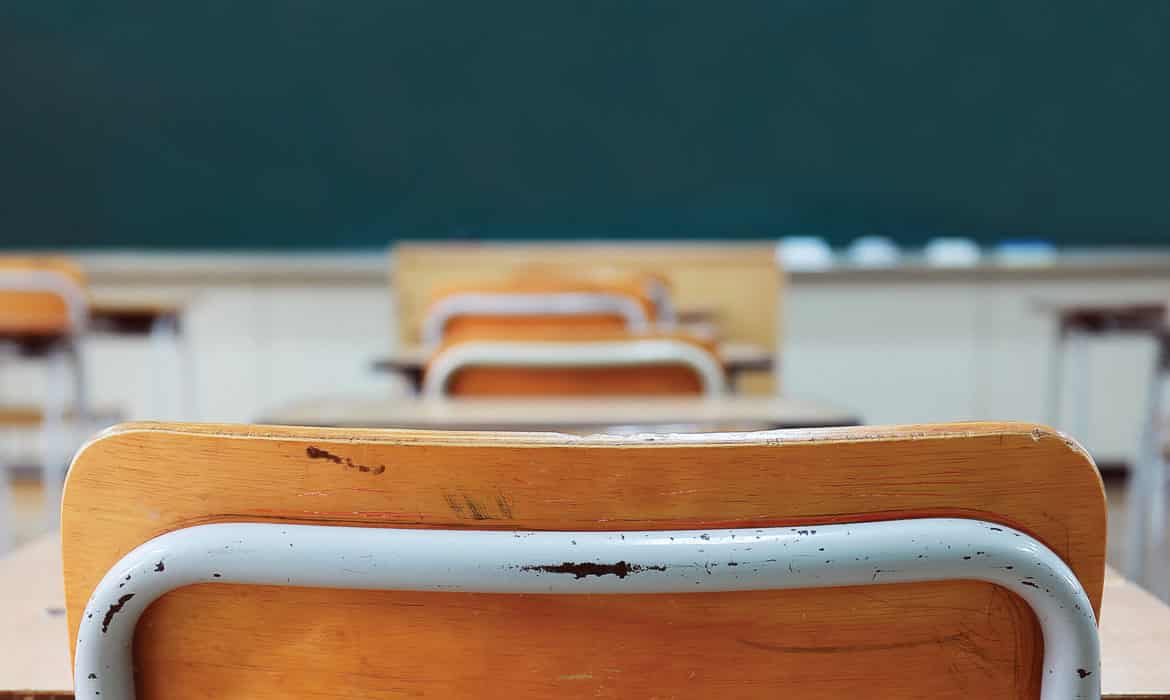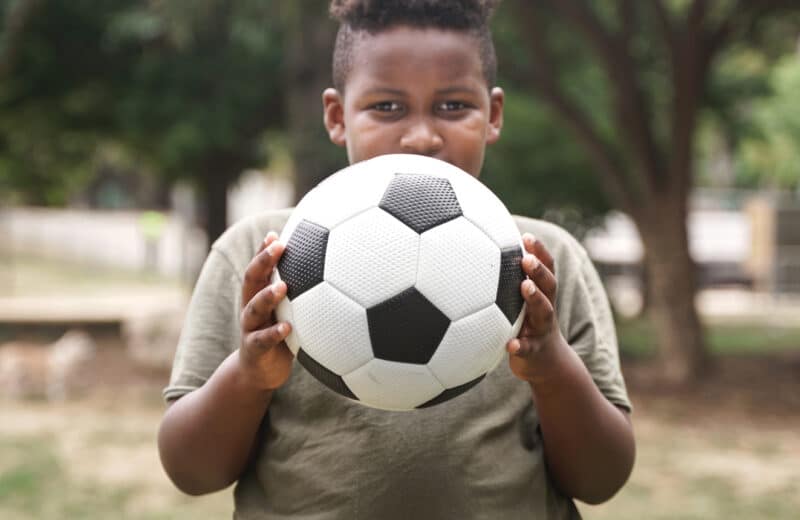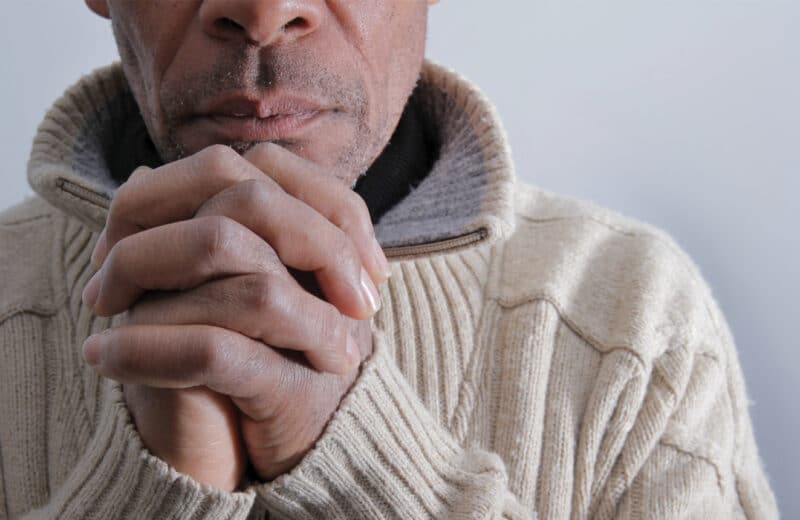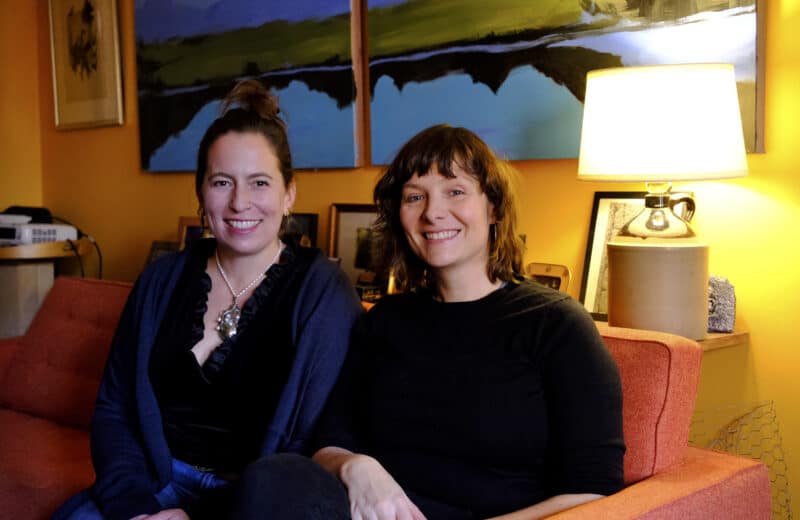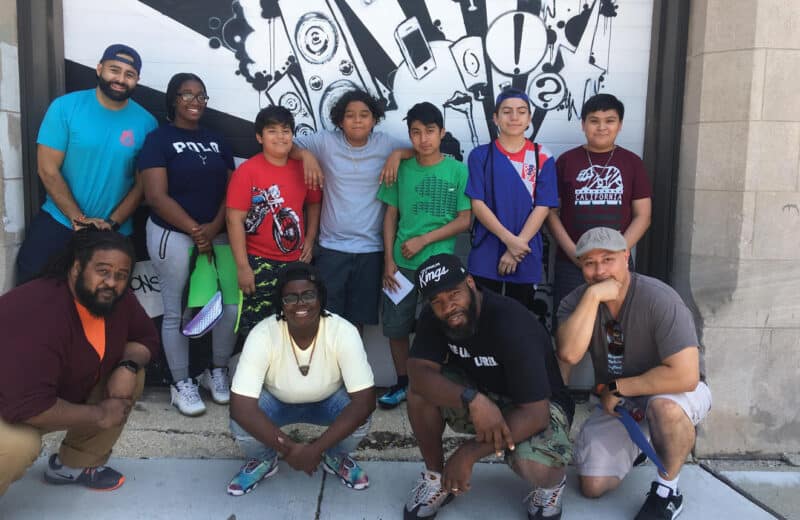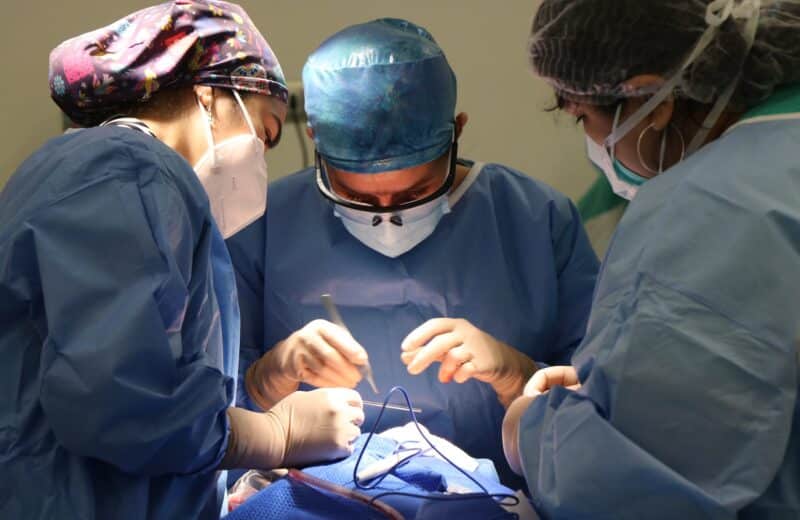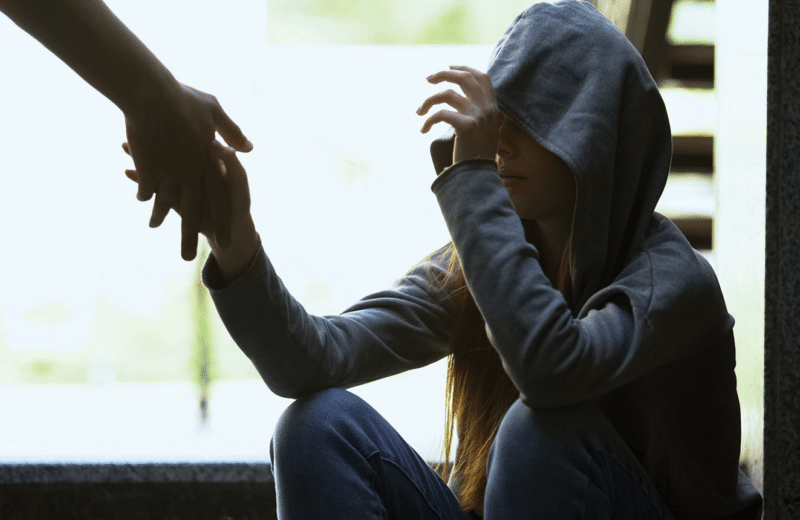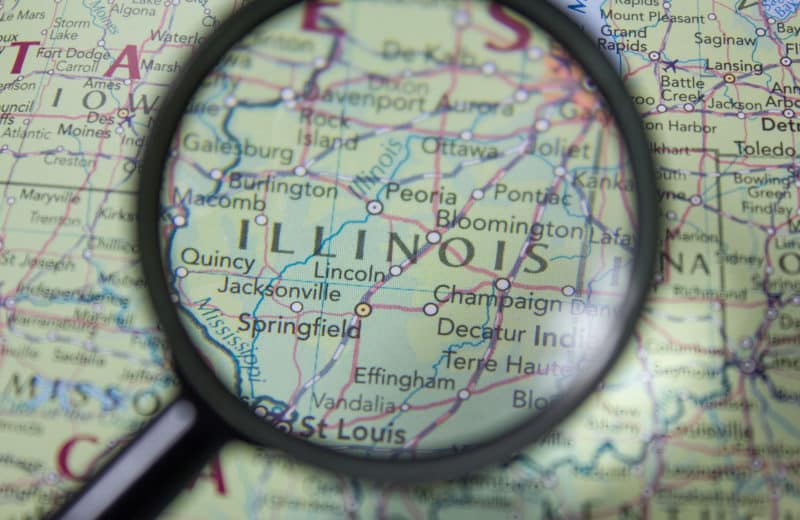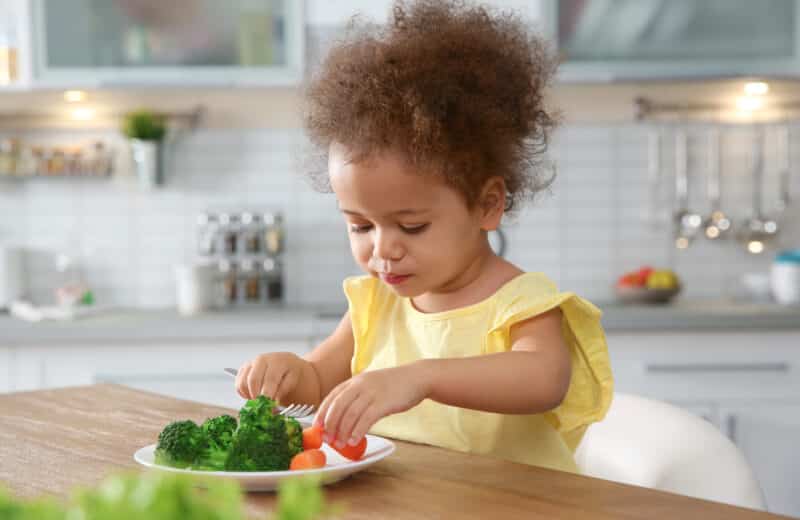When Covid-19 shuttered schools and services, children with special needs were left behind
With interruptions to school and socialization, the Covid-19 pandemic has hit millions of American children hard. But for children with special needs, the impact of the pandemic has been especially disruptive.
Nearly 20% of children under age 18 in the U.S. have special healthcare needs, according to the Department of Health and Human Services. These children — who require therapeutic support systems, socialization, and medical services to thrive — have had their lives upended physically, emotionally, and developmentally.
Hilary Jarvis, of Elburn, says the pandemic has been difficult on her 6-year-old daughter, Olivia, who has Wolf Hirschhorn Syndrome, a rare condition that affects cognition and physical ability and can cause seizures. The closure of schools and medical offices has unduly affected children such as Olivia, who has significant developmental delays and is nonverbal.
During the pandemic, Olivia has missed socialization, physical therapy, occupational therapy, and speech and vision therapies, which she needs to help her body and mind function best.
Disrupted routines
This disrupted access to care significantly impacts those who rely on medical and social services, says Larissa Pavone, MD, pediatric physiatrist at Marianjoy Rehabilitation Hospital, part of Northwestern Medicine, in Wheaton.
Ultimately, children feel these interruptions most directly as a loss of routine. However, many children with special needs do best with routines, which is especially true during the pandemic, Pavone says.
“Everything that was structured for them in the school system and in their programs is not there anymore,” she says. “People who work with children with special needs realize the unique nature of those needs and how urgent they are.”
Despite the best efforts of her parents, teachers, and staff, Olivia’s learned skills, such as colors and numbers, regressed significantly during e-learning when schools were shut down in spring.
“Livie doesn’t understand the Zoom concept,” Jarvis says. “She loved it for one day because she was happy to see her wonderful teachers. After that, she would just scream and throw her iPad. We had been celebrating all of the wonderful things she learned to do, and now it’s gone.”
But skills are not lost forever. While it might take some time, most kids will catch up and re-acquire skills once they get back to their routines, Pavone says.
Managing exposure
There is added pressure to keep Olivia safe from exposure to the coronavirus. The 6-year-old is medically fragile. Her life-threatening seizure disorder and her 2018 open heart surgery put her in the high-risk group for severe complications from Covid-19.
Jarvis, her husband Jonathon, and their sons Daniel and Michael self-quarantined during the early months of the pandemic to keep Olivia safe. “We were very isolated and only saw my mom, who dropped off groceries at the door, which we wiped down and disinfected,” Jarvis says.
As the pandemic progresses, knowledge is power. It can be helpful to talk to a child’s primary doctor to assess a child’s ongoing risk of the virus, says Jenna Shapiro, PhD, a psychology postdoctoral fellow at the Ann & Robert H. Lurie Children’s Hospital of Chicago.
“Stay up to date with the latest information,” she says. “Talk to your child’s main provider to get the most accurate information and ask how to reduce those risks.”
Moving forward
Social isolation has made Olivia restless and agitated, but she seemed happier once the family started socially distant walks around the neighborhood, Jarvis says. “A lot of people see children as severe as Livie and they dismiss her socially, whereas she acknowledges every child she sees. It perks her up, and she gives them a squeal or a smile.”
During the shutdown, parents of children with special needs needed to not only balance e-learning, but also provide occupational therapy (OT) and physical therapy (PT) at home.
Like many moms of kids with special needs, Jarvis, who is also a fitness instructor, wears a lot of hats. “There are so many things that we have to focus on as a family, and I feel torn. It’s just devastating, because as a mom, you bear the weight of all of that. I’m her OT, PT, speech therapist, nurse, and mom.”
If parents feel overwhelmed, they should try to focus on what’s happening now and not on things that may impact the future, Shapiro says. “Focus on identifying what is in your control and what you can do realistically to manage those risks. That is one of the ways to manage that angst, frustration, and anxiety,” she says.
Families should also be kind to themselves, Shapiro says. “Understand that this is really hard, so have some compassion and love for yourself as a parent and also for your child who is in this very novel situation. Don’t feel things have to be perfect.”
This fall, Olivia’s school offered parents a choice of instruction. Olivia’s family chose to send her back to school, attending in-person four days a week, so she can access the therapies and interventions she needs. “The ramifications of her not going would be huge,” Jarvis says. “She has already lost so much.”
For Jarvis, the biggest gift to come out of the pandemic was the extra time the family spent together. “Livie is medically fragile, and the time spent together as a family is so special that we don’t take it for granted. For that,
I am grateful.”
